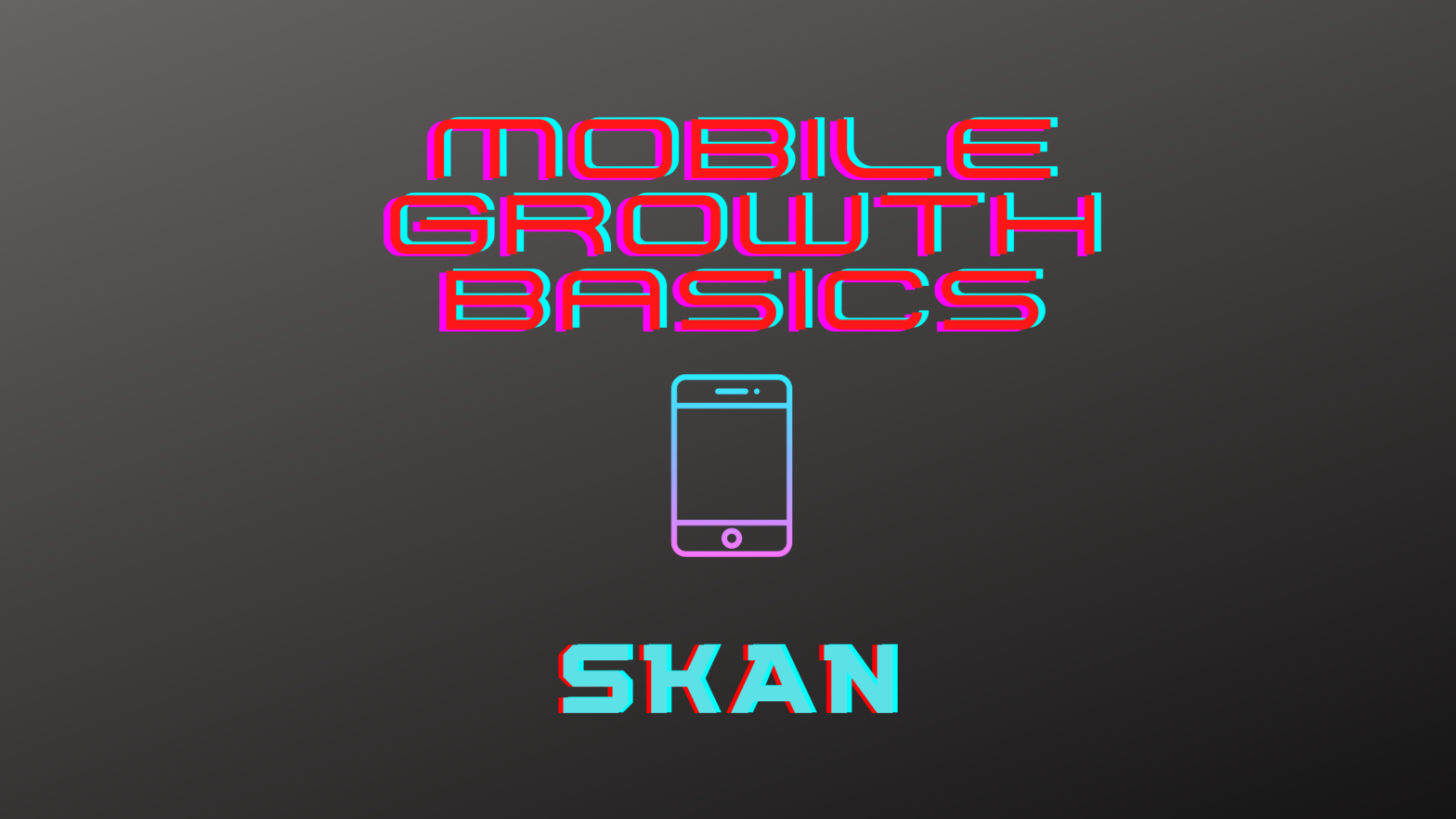Attribution is critical to user acquisition. For roughly a decade, marketers relied on deterministic matching methods to target users successfully and maximize their advertising costs. Apple rocked developers’ worlds, though, with the introduction of StoreKit Ad Network (SKAdNetwork, or SKAN) and App Tracking Transparency (ATT). Now, UA marketers are shifting strategies to continue iOS advertising while respecting users’ privacy.
A history of Apple’s mobile attribution
Apple’s Unique Device Identifier (UDID) introduced device IDs for advertising in 2007 and allowed marketers to track mobile user behavior. However, UDID codes’ links to individual identities presented privacy concerns, so the Identifier for Advertisers (IDFA) was born in 2012 and allowed users to reset their device’s ID at any time. With it, behavioral targeting boomed. Hyper-personalized ads dominated users’ devices until Apple announced in June 2020 that IDFA would become opt-in for all users with the release of iOS14.5 and ATT.
How does SKAN affect mobile attribution?
SKAN was the second major iOS 14 update and a backup for advertisers when users opted out of app-tracking. The network allows advertisers to determine which campaigns resulted in conversions without revealing user-specific data. Aggregate data replaced user-level information, resulting in the less precise attribution of clicks and ad impressions.
With deterministic attribution, advertisers received postbacks for each recorded post-install event (PIE). With SKAN’s initial implementation, they only received a postback for the last PIE which is determined after a 24-hour inactivity period.
SKAN has upgraded since its 2021 rollout with updates to features that greatly restricted advertisers. When first implemented, SKAN limited campaign IDs to two digits; now, campaign IDs support four digits and up to 10,000 values for app campaigns and creative instead of the previous 100. SKAN also offers triple the original number of postbacks with up to three postbacks that grow subsequently in the available window of time.
User acquisition and coping with SKAN
By all but removing IDFA, SKAN is changing the marketing tides from behavioral advertising back to contextual advertising. This means quality over quantity with ads. Gone are the days of general ads pushed to an audience already likely to buy the product based on previous purchases and mobile activity. Now, marketers need to revamp their creative process, focusing on “research and non-advertising measurement data” for specific demographic audiences, according to Mobile Dev Memo.
UA marketers have altered their budgets to reflect these changes. Digital Turbine reported that 38% of UA marketers increased their spending on Apple Search Ads after SKAN’s launch. Others have reconsidered their KPIs, switching from bottom-of-funnel conversions to top-of-funnel events like installs, sign-ups, or even ad clicks.
Marketers should prepare for a post-probabilistic future, like how they’ve adapted to a post-deterministic one. Prioritizing first-party authenticated data is a critical step to doing so. Building an authenticated audience will increase campaign effectiveness, better reach ideal customers, and deliver a superior user experience.
Mobile attribution is a rapidly changing concept as users prioritize their privacy and revalue their data. For the latest updates and more information on UA after SKAN, explore these resources:





 0
0



